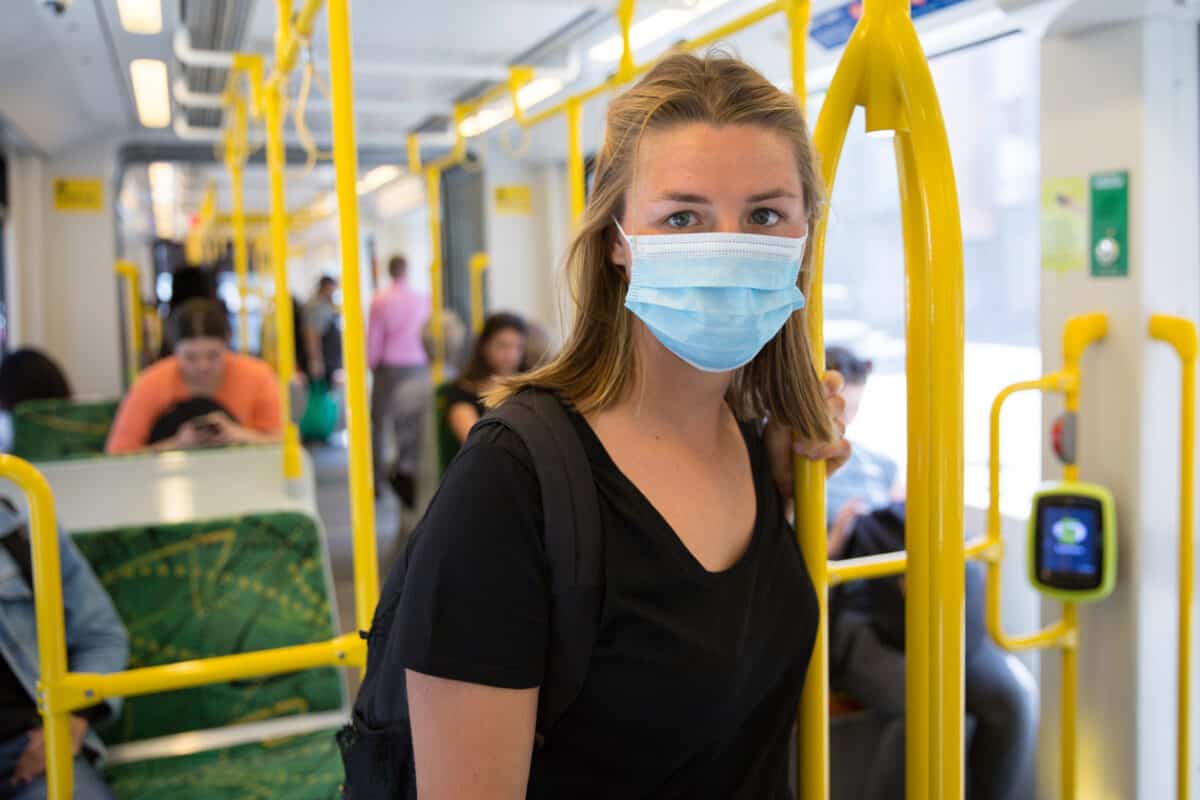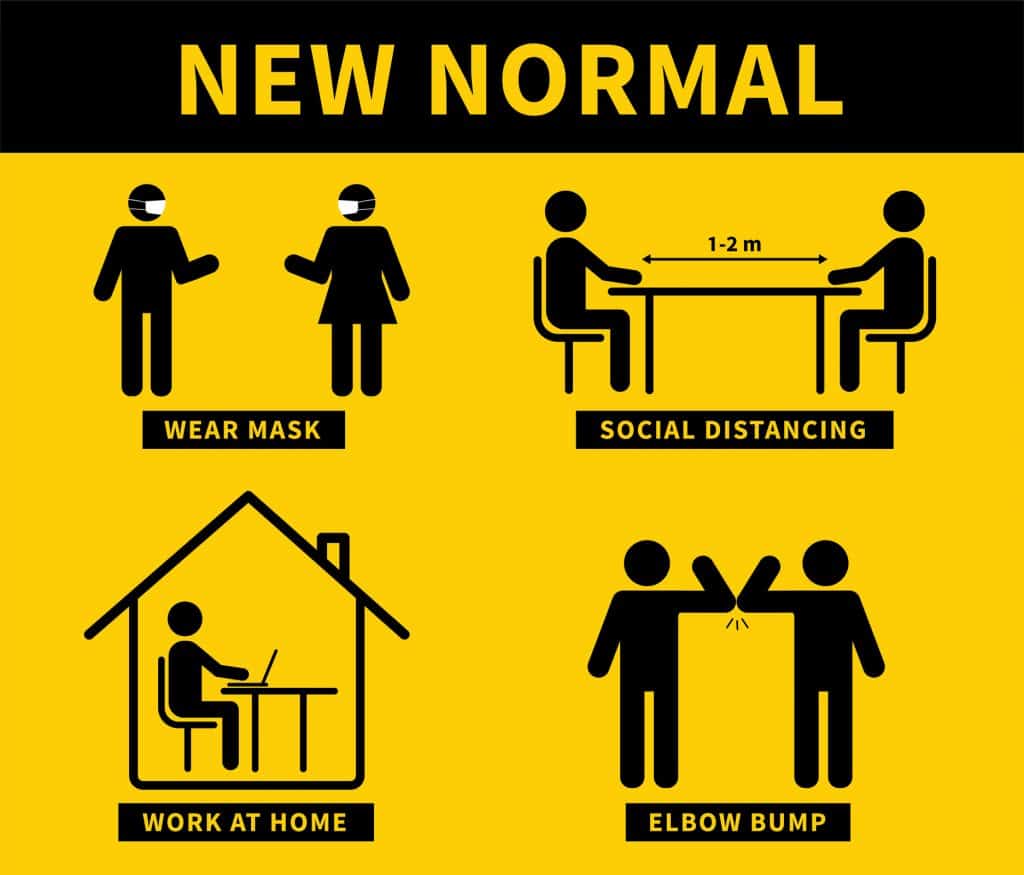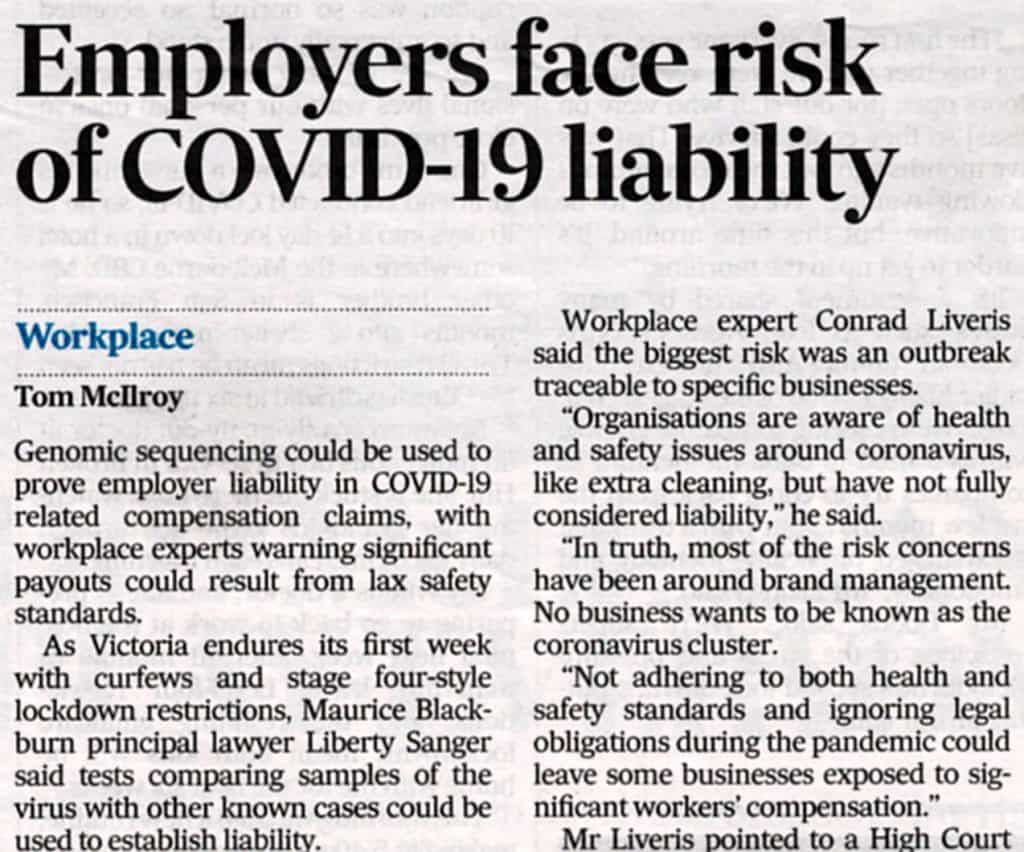In 2008, prominent occupational health and safety (OHS) advocate, Hilda Palmer wrote about the inadequate estimates of work-related deaths in the United Kingdom. Keeping work-related death confined to traditional categories provides a false understanding of the reality of OHS. Palmer wrote:
“Far from being complacent about the health and safety record in this country, we need to be honest and open, and examine what is really going on”.
Recently, at the 2021 Workers Memorial, a representative of the Victorian Trades Hall read out a list of those who have died at, or due to, work in the last 12 months. It was a list of 47 people. The categories have expanded to include truck incidents, asbestosis, silicosis as well as the more traditional traumatic injuries. Curiously no suicides. A transcripted list of those 47 is below.
Continue reading “Twelve months of work-related deaths”





